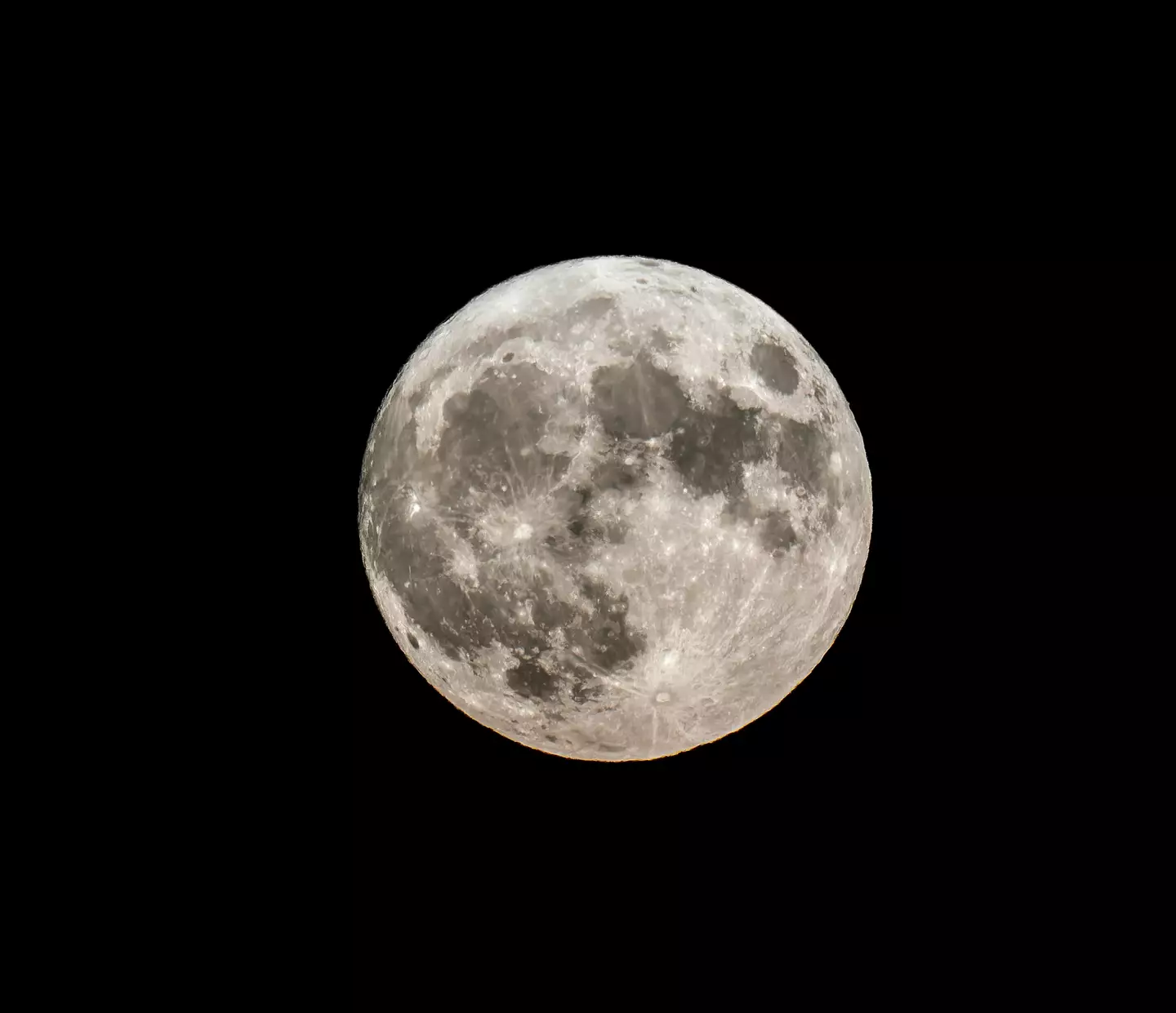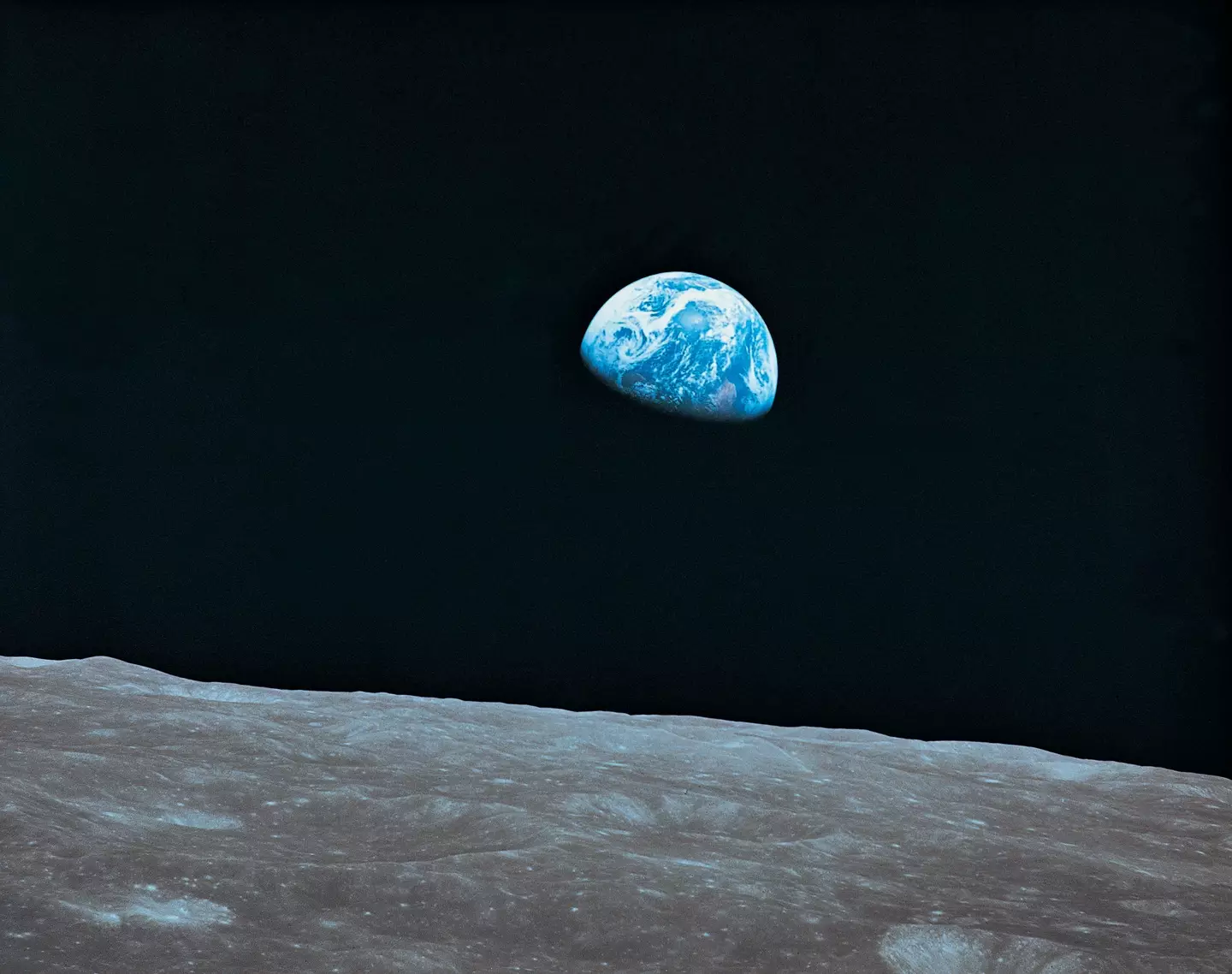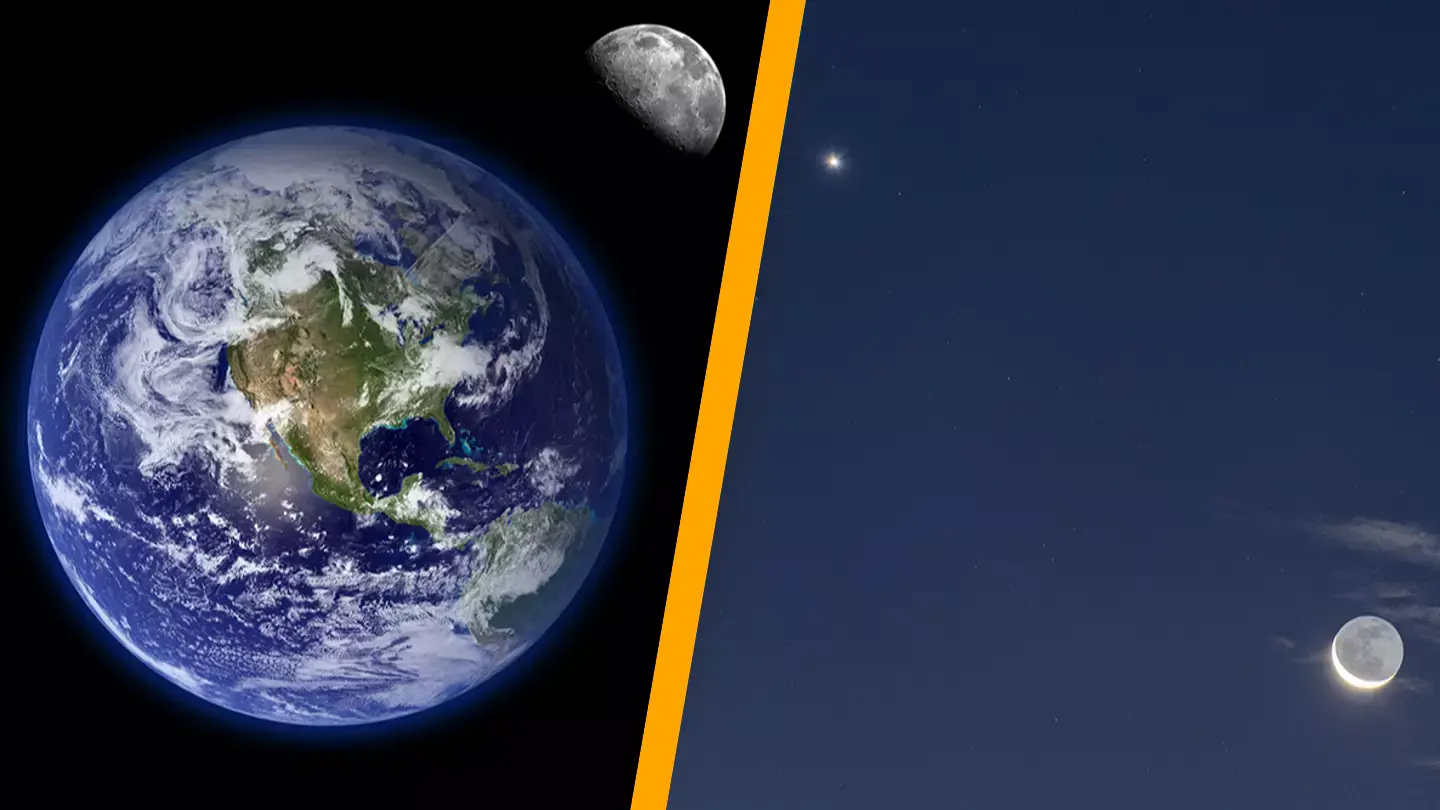Details on how to view Earth’s newly captured ‘second moon,’ which is temporarily held by Earth’s gravity, have been disclosed.
Space never ceases to amaze, and often we, on Earth, don’t get as many opportunities to observe it as we would like.
This situation has changed with the arrival of a mini-moon, a small asteroid.
For the past four billion years, the Moon has been Earth’s constant companion. However, for the next two months, it will have company from an asteroid named ‘2024 PT5’ which will be taking a similar journey.

Professor Carlos de la Fuente Marcos, speaking to Space, commented on this exciting event: “The object that is going to pay us a visit belongs to the Arjuna asteroid belt, a secondary asteroid belt made of space rocks that follow orbits very similar to that of Earth at an average distance to the sun of about 93 million miles [150 million kilometers].
“Objects in the Arjuna asteroid belt are part of the near-Earth object population of asteroids and comets.”
Mini-moons are classified as ‘temporarily captured objects’ and typically measure about 11 meters in diameter.
The temporary moon’s orbit commenced on Sunday (29 September) and will continue until 25 November.
Following a horseshoe-shaped path around Earth, this mini-moon will eventually revert to a heliocentric orbit, circling the Sun.
Once it resumes this orbit, the ‘second moon’ will no longer be visible from Earth, and it is not expected to come back into Earth’s orbit until 2055.

Therefore, if you wish to catch a glimpse of this celestial phenomenon, the next few months are your chance. But how can one see it?
Unfortunately, a standard telescope or binoculars won’t suffice for this task.
This is because 2024 PT5 is notably difficult to detect due to its small size.
Marcos explained: “The object is too small and dim for typical amateur telescopes and binoculars. However, the object is well within the brightness range of typical telescopes used by professional astronomers.
“A telescope with a diameter of at least 30 inches plus a CCD or CMOS detector are needed to observe this object, a 30 inches telescope and a human eye behind it will not be enough.”
So, for those eager to see this mini-moon, an industry-grade telescope is essential.

